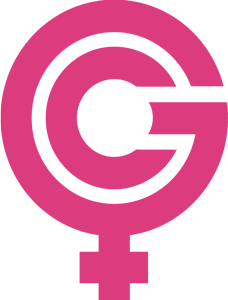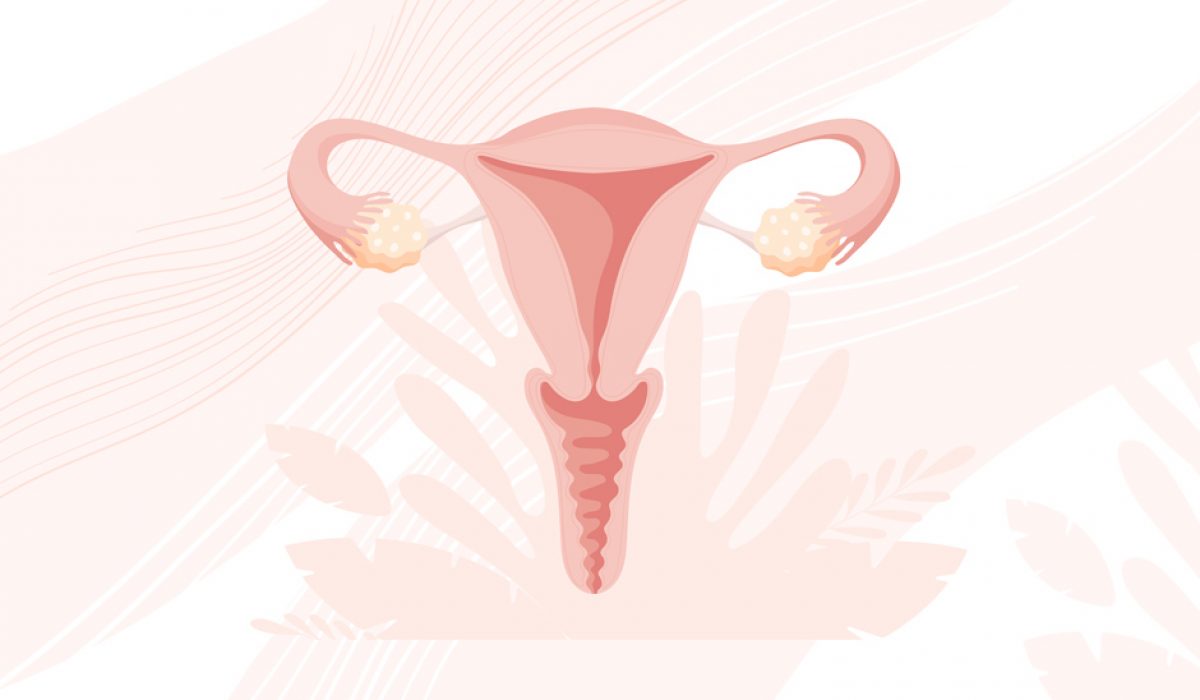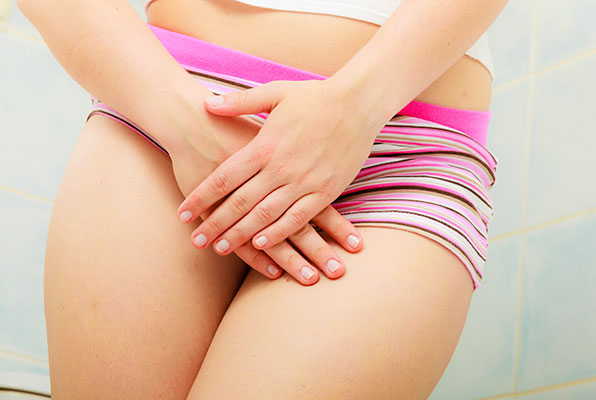Did you know that the majority of women will have uterine fibroids at some point in their life? Fibroids are often asymptomatic, but can cause a lot of pain, inconvenience, and in rare instances lead to infertility. But what are uterine fibroids, what symptoms of fibroids should you look out for, and what can be done about them? Let’s break it down.
What are uterine fibroids?
Uterine fibroids are non-cancerous tumours that grow in or around the womb. They consist of dense connective tissue and muscle. They are sometimes referred to as leiomyomas or uterine myomas. The size of uterine fibroids can vary a lot – they may be the size of a pea but they can also grow to melon size.
Symptoms of fibroids
Most women with uterine fibroids have no symptoms and are unaware until they have a pelvic scan, or until they are having difficulty getting pregnant. However, we do see patients with the following symptoms:
- Painful or heavy periods
- Pain in your lower back
- Needing to urinate frequently
- Abdominal pain
- Pain or discomfort during sexual intercourse
- Constipation
What causes uterine fibroids?
Science doesn’t have a definitive answer to the question of what causes uterine fibroids, but in addition to genetics, hormones and in particular oestrogen are thought to play a key role.
Types of fibroids
Fibroids can develop anywhere in the uterus and can differ widely in size. Some uterine fibroids will be pea-sized, and others can grow to the size of a melon.
The main uterine fibroid classifications are:
- Intramural fibroids – the most frequently occurring type of fibroids, intramural fibroids grow in the uterus’ muscular wall
- Submucosal fibroids – fibroids that begin in the layer of muscle under the uterus’ inner lining and grow into the uterine cavity
- Subserosal fibroids – these fibroids grow outside the uterus’ wall into the pelvis and can develop to a considerable size.
In some instances, submucosal or subserosal fibroids are joined to the uterus by a thin stem of tissue and are called pedunculated fibroids.
Is fibroids a serious problem?
Usually, no.
Dr Albert Aka, Consultant Gynaecologist at The Gynae Centre says: “The majority of women won’t notice symptoms of fibroids or experience complications. However, depending on the size and positioning of the uterine fibroids, in rare instances they can cause serious complications such as infertility or problems with pregnancy.”
In rare instances, uterine fibroids can cause infertility, if they:
- Stop an embryo implanting in the womb lining
- Impede sperm trying to reach the egg
- Obstruct a fallopian tube
In very exceptional circumstances, uterine fibroid complications can interfere with a pregnancy, creating problems such as:
- Abdominal pain
- Premature birth
- The need for a caesarean section if oversized fibroids are obstructing the vagina
- Miscarriage
What uterine fibroid treatments are there? What is the best treatment for fibroids?
Often fibroids won’t create problems and a woman won’t know she has them. In many cases, once a woman has gone through the menopause, her uterine fibroids will shrink and symptoms often subside without the need for treatment.
However, if you are experiencing symptoms, see your doctor or a gynaecologist. Following a pelvic examination, uterine fibroids are usually diagnosed via an ultrasound scan.
For symptomatic uterine fibroids, medicine to help with the symptoms is the usual first-line treatment.
For example, there are medications you can take to lighten very heavy periods (but if your fibroids are very large, they are less effective). Examples of these treatments include:
- A levonorgestrel intrauterine system (LNG-IUS) – a small plastic device placed in the uterus that secretes the progestogen hormone levonorgestrel, and also serves as a contraceptive.
- The contraceptive pill – which may lessen both bleeding and pain during periods, and obviously also acts as a contraceptive.
- Tranexamic acid pills – which do not act as a contraceptive, but help your blood to clot, lessening heavy bleeding.
- Non-steroidal anti-inflammatories like ibuprofen and mefenamic acid can be taken during your period to help lessen blood loss.
- Progestogen injection – this is a synthetic form of the female hormone progesterone, which, when taken as an injection, works as a contraceptive and lessens bleeding by slowing down the thickening of the uterus’ lining.
- Progestogen pills – again, a synthetic form of the female sex hormone progesterone. You can take these tablets from days 5 to 26 of your cycle to lighten bleeding, but taken this way, progestogen is not contraception.
Medication to shrink fibroids
If necessary, a gynaecologist can prescribe medication to help shrink your fibroids. These include:
- Gonadotropin releasing hormone analogues (GnRHas) are administered via injection and function by working on the pituitary gland to prevent the ovaries from generating oestrogen. This stops you menstruating but does not act as a contraceptive.
- Ulipristal acetate may be prescribed for women with moderate to severe uterine fibroid symptoms who have not yet been through menopause, and for whom surgery is not suitable or has been ineffective. It works by obstructing the activity of the female sex hormone progesterone which is active in the growth of the uterine lining and may encourage fibroid growth in some women. Obstructing the progesterone causes fibroid cells to stop dividing and they eventually perish, shrinking the fibroids and easing the symptoms. Ulipristal acetate prescription requires careful monitoring and should be only intermittent, because of a risk of severe liver damage.
Surgery and other uterine fibroid treatments
If medicines have proved ineffective or problematic, surgery or other uterine fibroid treatments may be recommended. These include:
- Fibroid embolisation is a non-surgical, radiological uterine fibroid treatment to block the arteries feeding blood to the fibroids, which causes them to shrink. While women have indeed gone on to have children following this procedure, its effects on fertility are still uncertain.
- Hysterectomy is a surgery in which the uterus is removed. Obviously, it is only suitable for women who don’t wish to bear any more children.
- Myomectomy is a procedure to extract the fibroids from the uterine wall. It is preferable for women who still wish to bear children but it is not suitable for every kind of fibroid.
- Hysteroscopic resection of fibroids is a procedure in which a narrow telescope (hysteroscope) and small surgical instruments are inserted via the vagina and cervix into the uterus to extract the uterine fibroids. It involves no incisions and is applicable for women with submucosal uterine fibroids (fibroids inside the uterus) who may wish to bear children.
- Hysteroscopic morcellation of fibroids – this is similar to a hysteroscopic resection of fibroids (above) but it has the advantage of only requiring the hysteroscope to be inserted once, which means less risk of injury to the uterus.
- Endometrial ablation is a fairly straightforward procedure in which the lining of the uterus is removed. It is employed to treat minor fibroids in the uterine lining. It can be conducted in several ways, including via a heated wire loop or through laser energy.
- MRI-guided uterine fibroid procedures (MRI-guided percutaneous laser ablation and MRI guided transcutaneous focused ultrasound). These are fairly new procedures, of which the long-term effects still aren’t well understood. They employ either ultrasound energy or laser energy to destroy the fibroids.
- Transcervical ultrasound-guided radiofrequency ablation is another fairly new treatment, which employs a long narrow ultrasound probe inserted through the vagina and cervix, to send images of the uterus to a screen. Heat is then administered to shrink the fibroid. As a rather new uterine fibroid treatment, its long-term benefits and risks are still not fully understood.
Are you concerned you might have uterine fibroids? Perhaps you are experiencing discomfort and heavy bleeding? The Gynae Centre is London’s premier gynaecology clinic, home to some of the UK’s finest women’s health doctors and state of the art technology. We can provide swift, exacting diagnosis and treatment, and often offer same-day appointments.
For peace of mind call us on 020 7580 8090 or book online.






